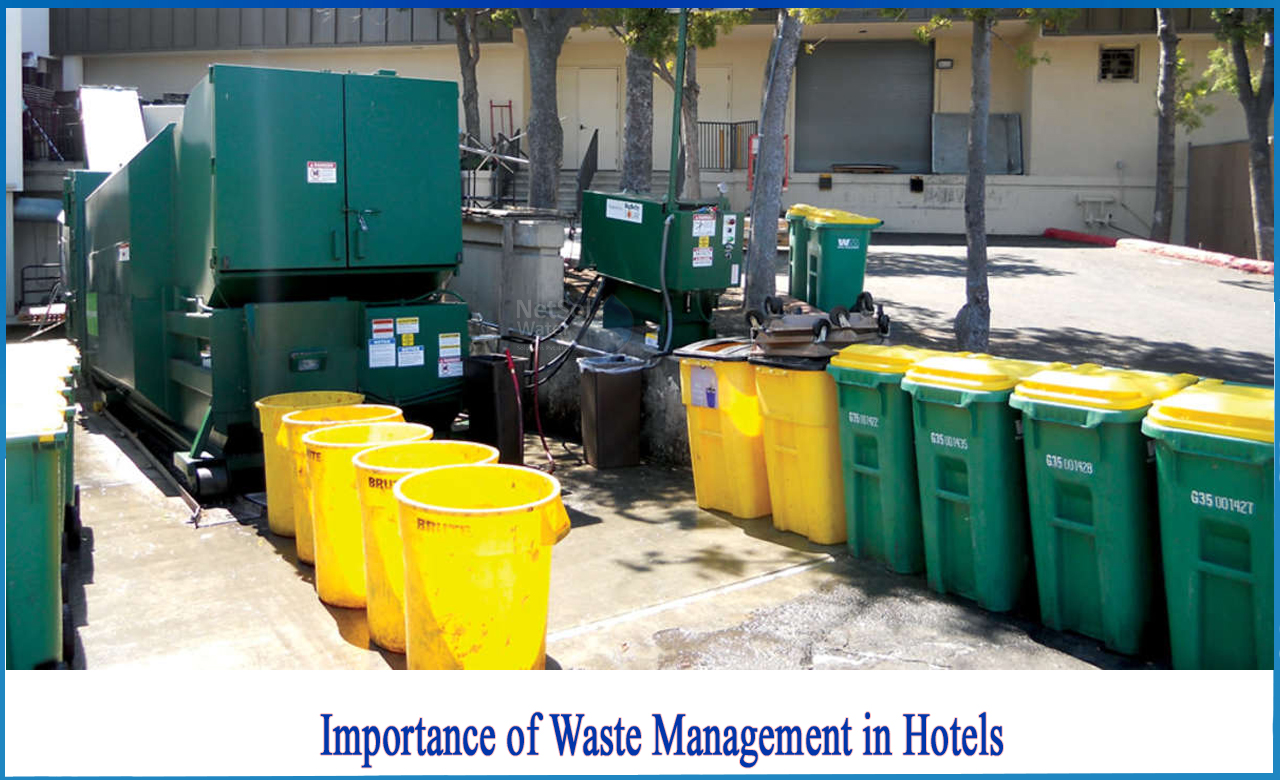Reclaim Waste - An Overview
Wiki Article
Unknown Facts About Reclaim Waste
Table of ContentsSome Known Incorrect Statements About Reclaim Waste Everything about Reclaim WasteSee This Report about Reclaim WasteThe Only Guide to Reclaim WasteSome Known Facts About Reclaim Waste.
Domestic sewage waste refers to the waste and items from a domestic septic container. The correct monitoring and disposal of domestic sewer waste require fluid waste to be moved to a sewer treatment plant where the proper techniques and equipment are used to detoxify and dispose of waste.
Industrial waste typically consists of possible threats, such as combustible products or a blend of fluid and strong waste items, and calls for an advanced and in-depth disposal procedure. The disposal of industrial waste typically entails the filtration of waste before transportation to make sure secure and proper disposal. Industrial waste is created from results and overflow of commercial processes and manufacturing.
This sort of waste can not use the exact same sewage administration transportation or procedures as septic or industrial liquids. The industrial waste management process requires the inspection and testing of fluid waste prior to it goes through the disposal procedure (liquid waste removal). Runoff waste is the fluid waste that comes from overflow and excess stormwater in very inhabited locations or cities
Drainage waste can trigger contamination and flooding if not taken care of effectively. Discover more about drain cleaning and waste monitoring. Making certain proper waste monitoring can stop disasters and lower environmental harm. Both people in household settings and experts in business or production markets can take advantage of recognizing the processes and laws of liquid waste management.
The 7-Minute Rule for Reclaim Waste
Contact PROS Providers today to find out about our waste administration and disposal solutions and the correct ways to care for the fluid waste you generate.(https://www.kickstarter.com/profile/reclaimwaste1/about)Do you understand what occurs to your water when you end, purge the commode or drain the washing device? No? Well, it deserves knowing. This so-called 'wastewater' is not only an important resource however, after therapy, will certainly be launched to our land, rivers or the ocean. Utilized water from commodes, showers, bathrooms, kitchen sinks, washings and commercial procedures is referred to as wastewater.

water made use of to cool equipment or clean plant and equipment). Stormwater, a type of wastewater, is overflow that flows from agricultural and urban locations such as roof coverings, parks, yards, roads, paths and rain gutters right into stormwater drains, after rain. Stormwater flows unattended directly to local creeks or rivers, at some point getting to the sea.
The Single Strategy To Use For Reclaim Waste
In Queensland, many wastewater is dealt with at sewage treatment plants. Wastewater is transported from residential or commercial sites via a system of drains and pump terminals, understood as sewage reticulation, to a sewage therapy plant.The Department of Natural Resources encourages local governments regarding managing, operating and keeping sewage systems and therapy plants. In unsewered locations, local federal governments may need householders to install private or household sewage therapy systems to treat domestic wastewater from commodes, kitchens, shower rooms and washings. The Department of Natural Resources authorises using household systems when they are verified to be reliable.
The majority of stormwater receives no therapy. In some new neighborhoods, therapy of some stormwater to eliminate clutter, sand and crushed rock has actually begun making use of gross toxin catches. Wastewater treatment takes place in four stages: Removes solid issue. Larger solids, such as plastics and other things incorrectly released to drains, are eliminated when wastewater is travelled through displays.
Wastewater then moves right into big storage tanks where solids settle and are removed as sludge. Grease and residue are skimmed from the surface area. Uses small living microorganisms referred to as micro-organisms to break down and remove staying liquified wastes and great fragments. Micro-organisms and wastes are incorporated in the sludge. Removes nitrogen and phosphorus nutrients that can create algal flowers in our waterways and threaten aquatic life.
Reclaim Waste Fundamentals Explained
Nutrient elimination is not offered whatsoever sewer therapy plants since it needs expensive specialised tools. It is ending up being much more common in Queensland. Clear fluid effluent produced after therapy may still contain disease-causing micro-organisms. If this effluent is launched into waterways such as rivers or the sea, the micro-organisms will ultimately pass away out.
A lot of wastewater streams right into the sewerage system. Under the Act, over at this website regional federal governments administer authorizations and licences for environmentally pertinent tasks (Ages) including wastewater releases that might have a neighborhood influence.
Some Known Details About Reclaim Waste
Surveillance offers accurate details concerning water top quality and can confirm that licence conditions are being met. The information obtained through monitoring supplies the basis for making water top quality decisions.Report this wiki page